
Mastering Language Skills: The Power of Dictation Worksheets
In the dynamic world of language education, educators and learners are constantly seeking effective tools to accelerate proficiency. Among the myriad of pedagogical approaches, dictation worksheets stand out as an often-underestimated yet profoundly powerful method for holistic language skill development. Far from being a relic of traditional classrooms, these structured exercises, when thoughtfully designed and implemented, provide a comprehensive workout for listening comprehension, spelling, grammar, vocabulary acquisition, and even critical thinking. This article delves into the multifaceted benefits of dictation worksheets, explores their effective design and implementation, and highlights how they can be leveraged to create a more engaging and productive learning environment.
The Unparalleled Benefits of Dictation Worksheets
At its core, dictation involves listening to spoken text and transcribing it accurately. While seemingly simple, the cognitive processes engaged during this activity are remarkably complex and beneficial for language acquisition.
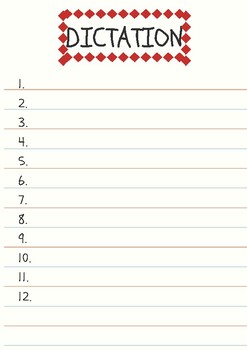
-

Enhanced Listening Comprehension: This is perhaps the most immediate and obvious benefit. Learners are forced to actively process spoken language, distinguishing individual words, understanding intonation, and grasping the overall meaning. Unlike passive listening, dictation demands intense focus, training the ear to pick up nuances in pronunciation and rhythm.
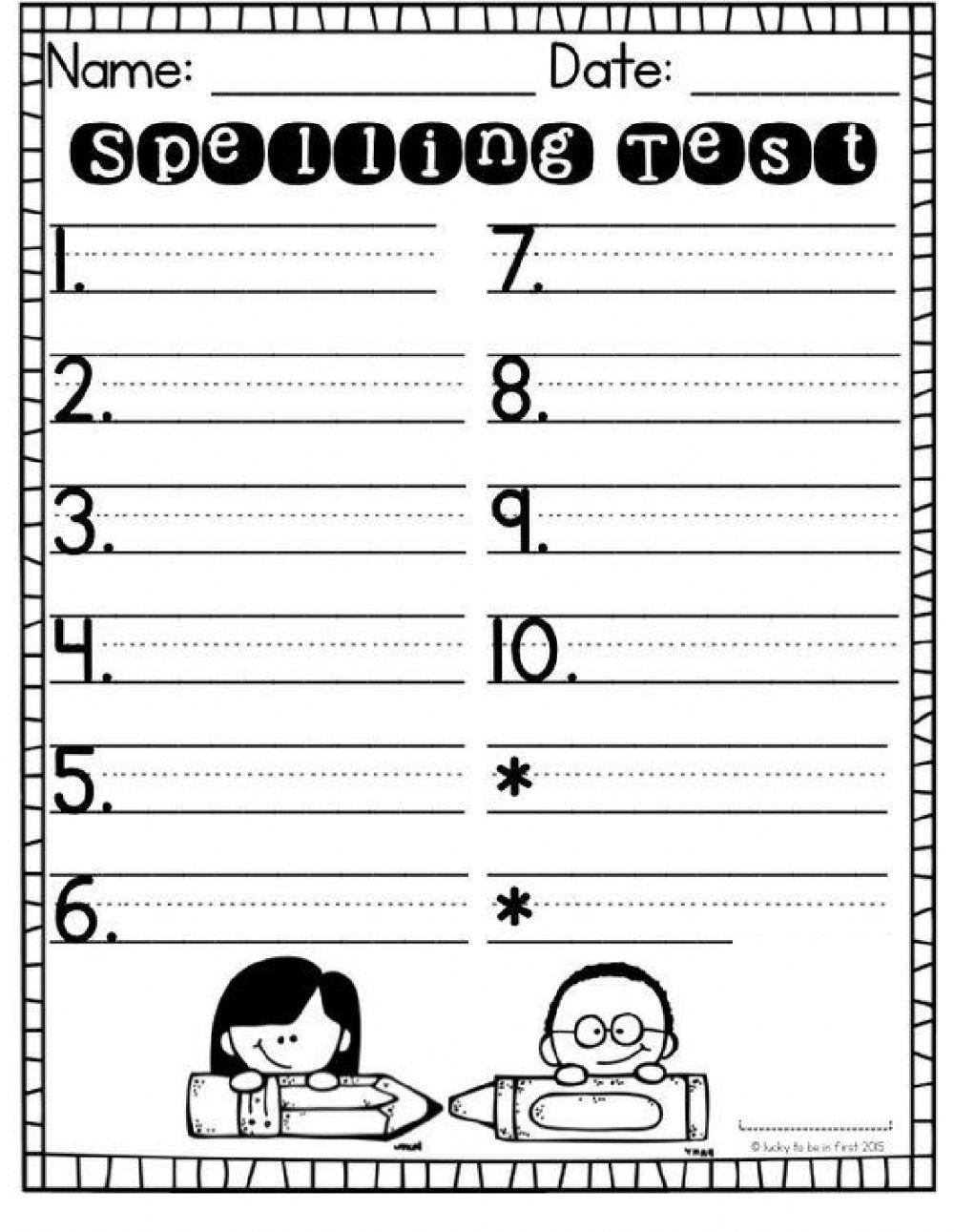
-
Improved Spelling and Punctuation: Transcribing spoken words directly addresses common spelling errors and reinforces correct punctuation usage. Learners must recall the written form of words they hear and apply rules for capitalization, commas, periods, and other punctuation marks. This active recall strengthens memory and automates correct writing habits.
-
Reinforced Grammar and Syntax: As learners write down sentences and paragraphs, they implicitly engage with grammatical structures. They become more attuned to subject-verb agreement, verb tenses, article usage, prepositions, and sentence construction. Errors in dictation often highlight specific grammatical weaknesses that can then be targeted for remediation.

-

Vocabulary Acquisition and Retention: Dictation introduces new vocabulary in context, aiding comprehension and retention. When a learner hears a new word and then writes it down, they create a stronger neural pathway for that word’s meaning and form. Follow-up activities, such as defining new words or using them in original sentences, can further solidify this learning.
-
Development of Writing Fluency and Speed: Regular practice with dictation can improve a learner’s writing speed and accuracy. The act of quickly transcribing what is heard trains the brain and hand to work in unison, reducing hesitations and increasing the flow of written output.
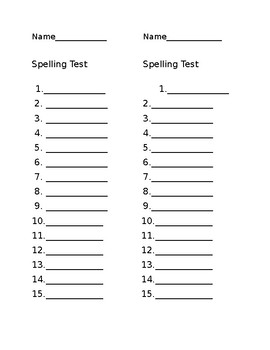
-
Cultivation of Focus and Concentration: In an age of constant digital distraction, dictation demands sustained attention. Learners must concentrate intently on the audio, filtering out distractions and maintaining focus for the duration of the exercise. This mental discipline is invaluable not just for language learning but for broader academic and life skills.
-
Self-Assessment and Error Analysis: Dictation provides immediate feedback on a learner’s proficiency. By comparing their transcribed text to the original, learners can identify their specific areas of weakness – whether it’s a particular sound they mishear, a grammatical structure they struggle with, or common spelling errors. This self-awareness is crucial for targeted improvement.
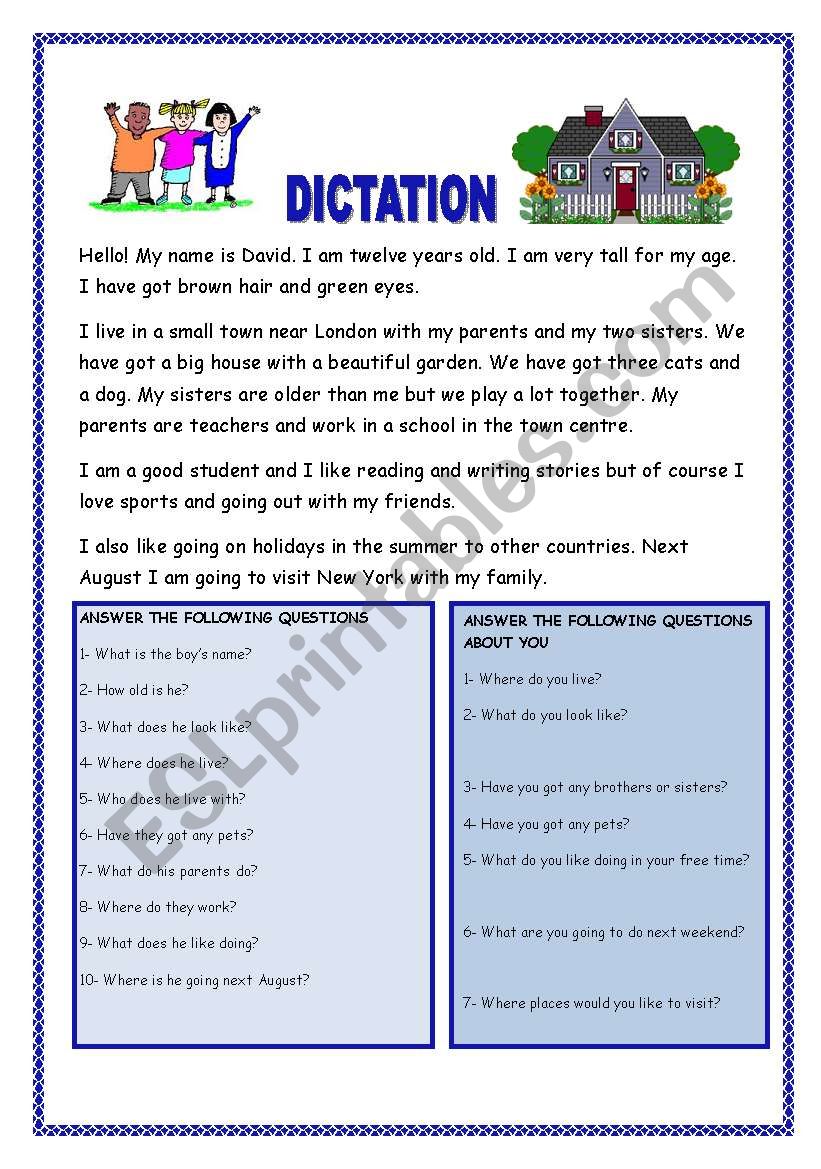
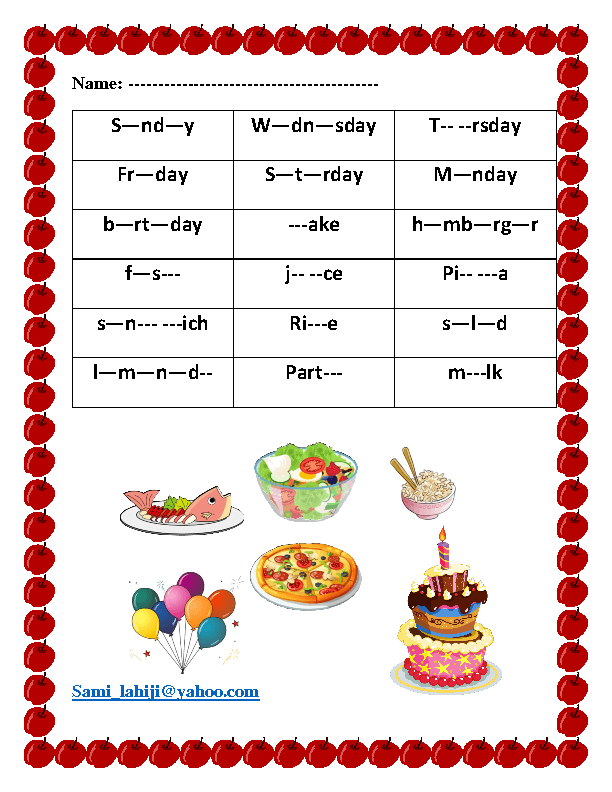

Designing Effective Dictation Worksheets
The effectiveness of dictation hinges significantly on the quality of the dictation worksheets themselves. A well-designed worksheet is more than just a blank page; it’s a structured tool that guides the learner and maximizes the learning potential.
-
Content Selection:
- Relevance and Interest: Choose texts that are relevant to the learners’ interests, age group, and learning goals. Engaging content keeps motivation high.
- Level Appropriateness: The difficulty of the vocabulary, grammar, and sentence length must match the learners’ proficiency level. For beginners, simple, short sentences with familiar vocabulary are ideal. For advanced learners, complex paragraphs, idiomatic expressions, or even excerpts from academic texts can be used.
- Variety: Utilize different types of texts:
- Simple sentences: Good for beginners focusing on basic grammar and spelling.
- Short paragraphs: Excellent for developing coherence and understanding longer passages.
- Dialogues: Mimics real-life conversations, useful for practicing intonation and colloquialisms.
- Song lyrics or poems: Can be highly engaging, though challenging due to rhythm and figurative language.
- News snippets or factual texts: Introduces specific vocabulary and provides exposure to different registers.
-
Structuring the Worksheet:
- Clear Instructions: Provide explicit instructions on what the learners need to do (e.g., "Listen and write," "Listen twice, then write," "Fill in the blanks").
- Adequate Space: Ensure there’s ample space for writing, especially for longer dictations or for learners with larger handwriting. Numbered lines can help keep things organized.
- Pre-listening Activities (Optional but Recommended):
- Vocabulary Preview: List key vocabulary words that might be challenging. Learners can look them up or discuss their meanings beforehand.
- Contextualization: Briefly introduce the topic of the dictation to activate prior knowledge and set the scene.
- Prediction Tasks: Ask learners to predict what they might hear based on the title or a key image.
- Post-listening Activities (Crucial for Reinforcement):
- Self-Correction Space: A dedicated section for learners to correct their own work after comparing it with the original text.
- Comprehension Questions: A few questions about the content of the dictation to check understanding beyond just transcription.
- Grammar/Vocabulary Tasks: Exercises that focus on specific grammar points or new vocabulary introduced in the dictation (e.g., "Find all the past tense verbs," "Write a sentence using [new word]").
- Discussion Prompts: Questions to spark conversation related to the dictation’s theme.
Implementing Dictation Worksheets in Practice
The "how" of dictation is as important as the "what." Both the teacher’s delivery and the learner’s approach play critical roles.
-
Teacher’s Role (or Audio Source):
- Clear Pronunciation: Speak clearly and naturally, without over-articulating to the point of sounding unnatural.
- Appropriate Pace: Start slow, especially for beginners, and gradually increase speed as learners gain confidence.
- Repetitions: Typically, dictate a sentence or phrase three times:
- First time: At a natural pace for overall comprehension.
- Second time: Slower, pausing after natural thought groups, allowing learners to write.
- Third time: At a natural pace again for checking and filling in gaps.
- Chunking: Break down longer sentences into manageable phrases.
- Monitoring and Support: Circulate in the classroom (if applicable), offering encouragement and observing common difficulties without giving away answers immediately.
-
Learner’s Role:
- Active Listening: Encourage learners to listen for meaning first, then for individual words.
- Note-Taking Strategies: Teach strategies like writing down keywords or first letters if they can’t keep up, then filling in the gaps later.
- Don’t Panic: Reassure learners that it’s okay to miss words or make mistakes. The goal is learning, not perfection on the first try.
- Self-Correction: Emphasize the importance of comparing their work to the original text (provided after the dictation) and actively correcting their errors. This metacognitive process is where significant learning occurs.
Beyond Traditional Dictation: Innovative Uses of Dictation Worksheets
While the classic "listen and write" format is highly effective, dictation worksheets can be adapted for various engaging activities:
- Jumbled Sentences/Paragraphs: Learners listen to a text and then arrange pre-written, jumbled sentences or paragraphs into the correct order.
- Fill-in-the-Blanks: Provide a text with specific words omitted. Learners listen and fill in the missing words. This is excellent for targeting specific vocabulary or grammatical structures.
- Error Correction: Learners are given a text with intentional errors (spelling, grammar, punctuation). They listen to the correct version and identify and correct the mistakes.
- Dictogloss: A collaborative dictation activity where learners listen to a short text multiple times, take notes, and then work in small groups to reconstruct the text as accurately as possible. This promotes negotiation of meaning and collaborative writing.
- Listen and Draw/Map: For younger learners or visual learners, dictating instructions for drawing a picture or labeling a map can be highly effective.
- Summarization Dictation: Learners listen to a longer passage and then are asked to dictate a summary of it in their own words.
Addressing Common Challenges
Even with well-designed dictation worksheets, challenges can arise. Learners might feel frustrated if the pace is too fast, the accent is unfamiliar, or the content is too difficult.
- Pace: Always start slower than you think is necessary and gradually increase the speed. Allow for pauses.
- Accents: Expose learners to a variety of accents, but introduce them gradually. Pre-teach challenging sounds or specific features of an accent.
- Frustration: Emphasize progress over perfection. Remind learners that mistakes are learning opportunities. Encourage a growth mindset.
- Lack of Comprehension: If learners are simply writing down sounds without understanding, the dictation is too difficult. Pre-teach more vocabulary and grammar, or simplify the text.
Integrating Technology
Modern technology offers exciting ways to enhance dictation exercises:
- Audio Recordings: Using pre-recorded audio (from native speakers or online resources) ensures consistency and allows learners to replay sections as needed.
- Online Platforms: Many language learning platforms offer interactive dictation exercises with immediate feedback.
- Speech-to-Text for Creation: Teachers can use speech-to-text software to quickly generate initial drafts of dictation texts, then refine them.
- Interactive Worksheets: Digital dictation worksheets can incorporate clickable audio files, drag-and-drop elements for jumbled sentences, and automatic grading for fill-in-the-blanks.
Conclusion
Dictation worksheets are far more than just a test of transcription; they are a dynamic, multi-faceted tool that fosters deep engagement with language. By meticulously listening, accurately transcribing, and thoughtfully correcting, learners engage a wide array of cognitive processes essential for language mastery. From bolstering listening comprehension and spelling to reinforcing grammar and expanding vocabulary, their benefits are undeniable. When thoughtfully designed and strategically implemented, these seemingly simple exercises can transform the language learning experience, making it more focused, effective, and ultimately, more rewarding. Embracing the power of dictation worksheets is a crucial step towards unlocking true linguistic proficiency for learners of all levels.
